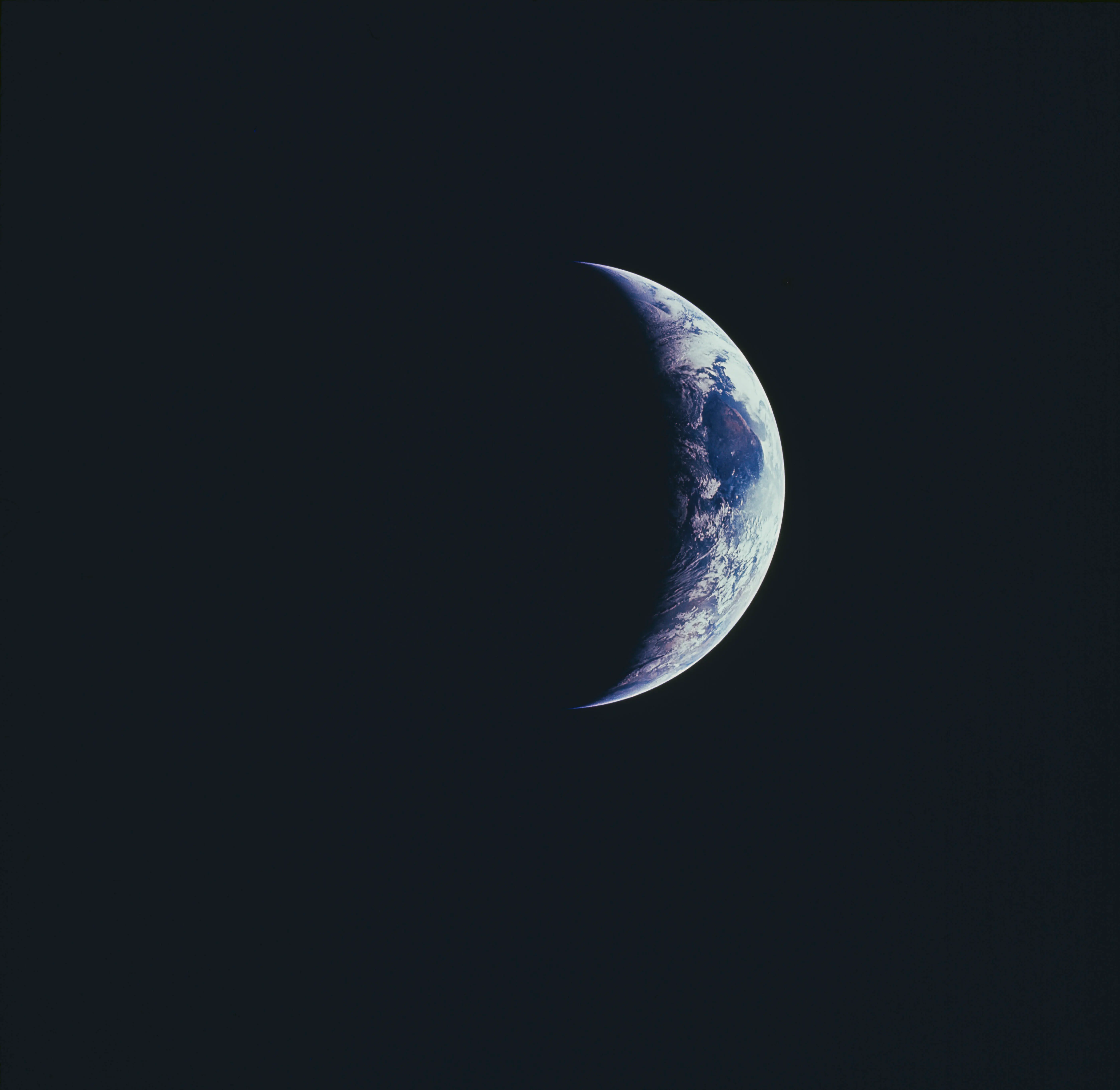What is PN7 and how the Quasi satellite sparked Earth's second moon rumor? Meet the asteroid that’s shadowing our planet
-
 One-third of the Earth's sphere illuminated, a portion of east Africa visible, photographed from the Apollo 11 spacecraft during its first lunar landing mission, 20th July 1969. Apollo 11 was the American spaceflight that first landed humans (Neil Armstrong and Buzz Aldrin) on the Moon. (Photo by Space Frontiers/Archive Photos/Hulton Archive/Getty Images)
One-third of the Earth's sphere illuminated, a portion of east Africa visible, photographed from the Apollo 11 spacecraft during its first lunar landing mission, 20th July 1969. Apollo 11 was the American spaceflight that first landed humans (Neil Armstrong and Buzz Aldrin) on the Moon. (Photo by Space Frontiers/Archive Photos/Hulton Archive/Getty Images)In recent days, you may have come across posts on the internet claiming that Earth now has two moons. The news went viral on social media, with people sharing images and captions publicizing that scientists have discovered a "new moon" around our Earth.
The reality is slightly different. NASA hasn't made any statements yet about the Earth having an alternate moon. What most people are referring to is actually a small asteroid called 2024 PN7, which is passing near Earth. It's a fascinating space gemstone, but it's not really a moon.
What's 2024 PN7
2024 PN7 is a small asteroid discovered by astronomers in 2024. According to scientists, it's only a few dozen measures wide — probably the size of a house. What makes this one unique is the way it orbits through space. Rather than taking an arbitrary line like most asteroids, PN7 goes nearly in the same orbit as Earth around the Sun.
From our perspective, it appears that the asteroid is going along with our Earth, nearly as if it orbits us. That is why many began referring to it as an "alternate moon." But that is not actually what happens. PN7 does not route Earth like our factual Moon does. Rather, it moves around the Sun, just like Earth.
A second moon, but not quite
Astronomers relate to PN7 as a"quasi-satellite." That is, it traces the path of Earth around the Sun and remains nearby for decades. It might appear to be moving around the Earth, but Earth and the asteroid are both moving around the Sun together.
Sometimes, PN7 gets a little closer; sometimes, it moves down a bit further. But it's not gravitationally captured by Earth, so it is not an endless moon. It's simply an interim space friend, passing by our earth for a bit before it creeps off again at a slow pace.
Scientists have observed other quasi-satellites preliminarily. Maybe the best-known is 2016 HO3, which has been ringing near Earth for more than a century. 2024 PN7 is simply the newest to be added to the list.
How the "second moon" rumor started
The misunderstanding started when some websites and social media update posts carried headings such as "Earth now has two moons" or "NASA verifies new moon discovery." The posts were shared by people without going through the entire explanation.
No new moon was actually discovered. NASA and other scientists merely noticed that PN7 is moving in a manner that gives it the impression of being close to Earth. That's where the misunderstanding started. The Earth still has but a single genuine moon — the large, bright one we can see in the evening. That is our world's only fixed natural satellite.
Why scientists are researching it
Although PN7 isn't a second moon, it's nonetheless quite fascinating to scientists. Researching objects such as this assists scientists in learning the way that asteroids travel close to planets and the way that gravity influences their trajectories.
These pieces of space rock pose no threat to Earth. Rather, they offer scientists an opportunity to learn more about the solar system and how small bodies travel in space. The plain fact, to set this straight, our planet Earth does not have two moons.
The asteroid 2024 PN7 is a quasi-satellite, meaning that it orbits with Earth around the Sun but doesn't orbit our world. It can appear as a small moon, but it's actually only a visitor passing through with us for some time.
The concept of a second moon is thrilling, but the reality is still rather incredible. Space has some shockers in store for us, and 2024 PN7 is just one more reminder of how much is going on out there — quietly, and next to us.
TOPICS: Second Moon